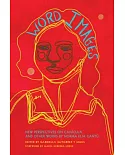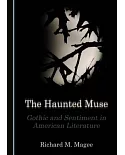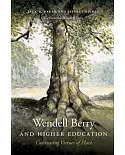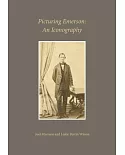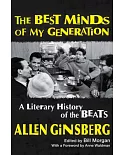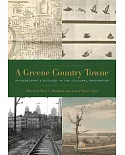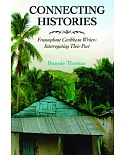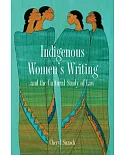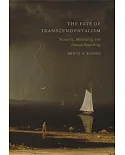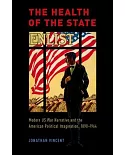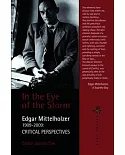In this innovative study, Positive Pollutions and Cultural Toxins, John Blair Gamber examines urbanity and the results of urban living��raffic, garbage, sewage, waste, and
pollution��rguing for a new recognition of all forms of human detritus as part of the natural world and thus for a broadening of our understanding of environmental literature.
While much of the discourse surrounding the United States��idealistic and nostalgic views of itself privileges ��lean��living (primarily in rural, small-town, and suburban settings),
representations of rurality and urbanity by Chicanas/Chicanos, African Americans, Asian Americans, and Native Americans, on the other hand, complicate such generalization. Gamber widens our
understanding of current ecocritical debates by examining texts by such authors as Octavia Butler, Louise Erdrich, Alejandro Morales, Gerald Vizenor, and Karen Tei Yamashita that draw on the
physical signs of human corporeality to refigure cities and urbanity as natural. He demonstrates how ethnic American literature reclaims waste objects and waste spaces��ikening pollution to
miscegenation��s a method to revalue cast-off and marginalized individuals and communities. Positive Pollutions and Cultural Toxins explores the conjunction of, and the frictions
between, twentieth-century U.S. postcolonial studies, race studies, urban studies, and ecocriticism, and works to refigure this portrayal of urban spaces.


